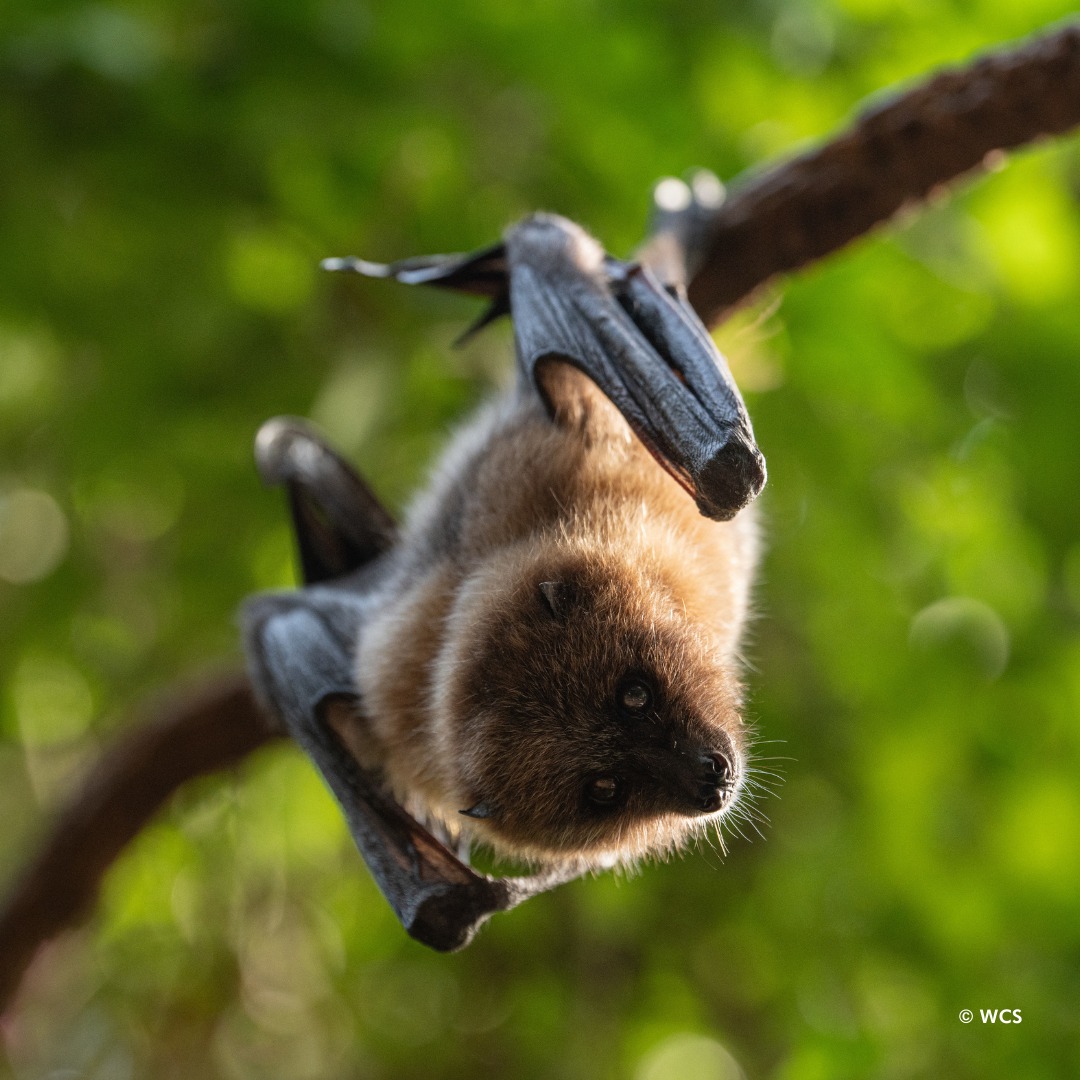- The ecological importance of the Rodrigues fruit bat as a pollinator and seed disperser.
- The conservation status and threats facing the Rodrigues fruit bat, including habitat loss and climate change.
- The role of the Wildlife Conservation Society and its parks, such as the Central Park Zoo, in raising awareness and supporting conservation efforts.
- The significance of public education and involvement in the conservation of critically endangered species like the Rodrigues fruit bat.
- The contributions of researchers and wildlife photographers in documenting and promoting the beauty and plight of the Rodrigues fruit bat.
The Rodrigues fruit bat, also known as Pteropus rodricensis, is a fascinating creature that plays a vital role in its ecosystem. Native to Rodrigues Island, a small island off the coast of Mauritius, this critically endangered species is an essential pollinator and seed disperser. As these bats travel from tree to tree, they carry pollen on their bodies, facilitating pollination. After consuming fruit, they help regenerate plant life by dispersing seeds through their droppings. Such ecological services underline their significance in maintaining the health and continuity of their native habitats.
Despite their importance, the Rodrigues fruit bat faces numerous threats. Habitat loss due to deforestation is a significant concern, as it reduces the available natural areas where these bats can roost and find food. Furthermore, climate change exacerbates these challenges by altering the availability and distribution of their food resources. Increased storm frequency and severity also pose direct threats to their survival. Conservationists are deeply concerned about these pressures, which compound to place the species at critical risk.
Efforts to conserve the Rodrigues fruit bat are ongoing, with organizations like the Wildlife Conservation Society (WCS) playing a key role. Central Park Zoo, one of the successful initiatives of the WCS, serves as a critical educational and conservation platform. Visitors to the Tropic Zone can learn about these bats, gaining insights into their lives and the challenges they face. The zoo environment provides a unique opportunity to engage the public, fostering a sense of urgency and responsibility in conserving endangered species.
Public education is a cornerstone of conservation. By informing people about the plight of species like the Rodrigues fruit bat, we can cultivate broader support for conservation initiatives. Community involvement and awareness campaigns are vital in driving change. Educational programs not only highlight the species’ ecological roles but also emphasize the broader implications of biodiversity loss. Each visit to the zoo or participation in a conservation program helps spread the message about the importance of protecting these bats and their habitats.
Photography and documentation efforts by researchers and wildlife enthusiasts such as WCS photographer Terria Clay play an instrumental role in conservation. Stunning imagery and detailed studies help convey the beauty and importance of the Rodrigues fruit bat. Through such visual and scientific documentation, the public and policymakers are reminded of the stakes and encouraged to take action. These contributions are crucial in building a tangible connection between people and wildlife, highlighting the urgent need for conservation.
The role of the Rodrigues fruit bat as a key pollinator and seed disperser cannot be overstated. Their contributions to their ecosystem underscore the complexity and interconnectedness of natural habitats. Protecting these bats is not only about saving a single species but about preserving the ecological balance of their native regions. Conservationists, educators, and the public must continue working together to safeguard the future of the Rodrigues fruit bat, ensuring that their vital ecological services continue to benefit their ecosystem.
In summary, the Rodrigues fruit bat is an integral part of its ecosystem in Rodrigues Island. Protecting these creatures involves understanding their ecological importance, addressing the threats they face, and advocating for their conservation. Through the dedicated efforts of the WCS, Central Park Zoo, researchers, photographers, and the global community, there is hope for the recovery and preservation of this remarkable species. Education, awareness, and action are the keys to ensuring that the Rodrigues fruit bat, and the biodiversity it supports, thrives for generations to come.
*****
Source Description
This we would like to spotlight the Critically Endangered Rodrigues fruit bat. These bats act as pollinators in their native range, a small island off the coast of Mauritius. They carry pollen with them as they fly from tree to tree, and after eating fruit, they disperse seeds through their droppings. Visit the Tropic Zone at Central Park Zoo to learn about them.
The WCS and each of our five parks play an important role in saving and preserving some of the world’s most endangered species. Learn more about our conservation work at the link in profile.
📸: WCS photographer, Terria Clay


